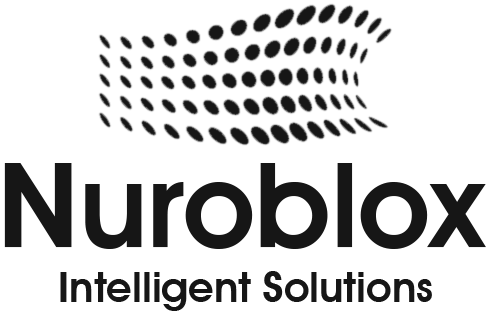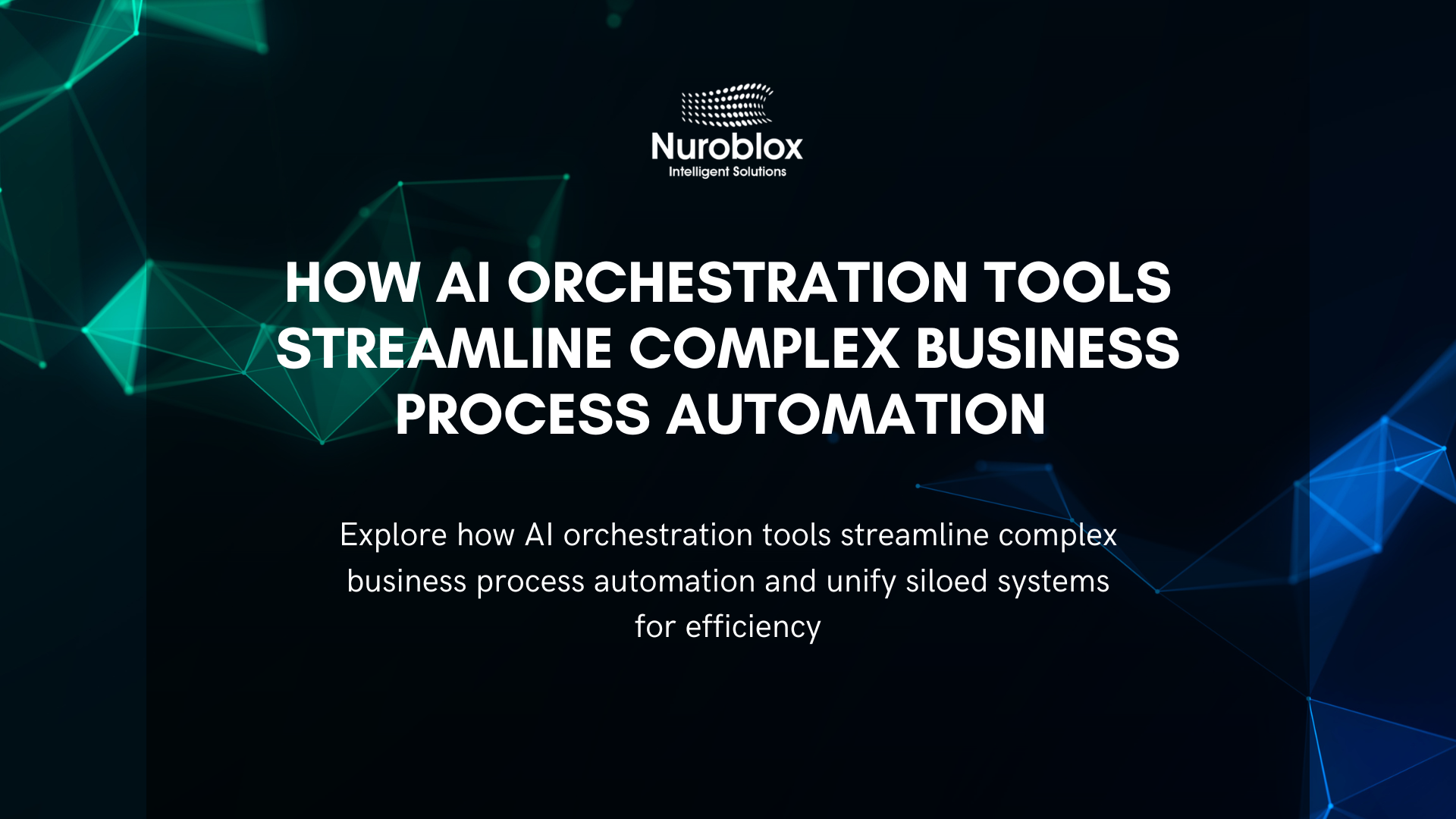How AI Orchestration Tools Streamline Complex Business Process Automation
Why Enterprises Need AI Orchestration
Enterprises face pressure to deliver greater operational efficiency, innovation, and agility. Traditional automation, while helpful, often struggles to handle dynamic workflows that span multiple technologies, vendors, or organizational units. Robotic Process Automation (RPA), Business Process Management (BPM) systems, and machine learning models have scaled automation across various industries, but without orchestration, these systems often remain siloed.
This is where AI orchestration becomes transformative. By integrating data, AI models, APIs, and automation platforms into a single coordinated layer, orchestration eliminates fragmentation and ensures processes run smoothly, adapt intelligently, and scale efficiently. Gartner defines orchestration as “coordinating automated tasks across different systems to achieve an optimized outcome” (Gartner, Market Guide for AI Orchestration Platforms, 2023).
AI orchestration does not replace automation, it amplifies it. It acts as a conductor, synchronizing disparate systems and ensuring that machine learning, natural language processing, RPA bots, and decision engines work in unison.
What is AI Orchestration?
Definition
AI orchestration is the coordination, integration, and intelligent management of AI models, workflows, and automation technologies across multiple systems. Its goal is to deliver consistency, scalability, and adaptability for complex enterprise processes.
Unlike standalone automation, which solves individual tasks, orchestration ensures these tasks combine into outcomes aligned with business goals.
Core Functions of AI Orchestration Tools
| Function | Description | Example in Practice |
| Workflow Coordination | Connects multiple automated tasks across AI/ML systems, APIs, and bots | Loan approval workflow connecting KYC, credit scoring, AI risk model |
| Decision Orchestration | Chooses optimal AI model or automation route based on real-time inputs | Dynamic fraud detection model selection in banking |
| Data Integration | Consolidates structured and unstructured data across sources | Linking CRM, ERP, IoT sensors for supply chain visibility |
| Scalability Management | Dynamically provisions computing or invokes microservices | Scaling cloud resources during seasonal demand |
| Exception Handling | Detects errors and reroutes to human or alternative AI | Contact center escalations from chatbot to live agent |
Why AI Orchestration is Critical for Business Process Automation
Enterprises are adopting diverse automation platforms – RPA, low-code, predictive AI, process mining, and analytics. But without orchestration, these remain fragmented.
Key Challenges Without Orchestration
- Automation silos- Different business units use different tools that do not interact.
- Limited adaptability- Rule-based automation cannot adapt to dynamic conditions.
- Complex integration- Linking APIs, bots, and data pipelines becomes costly.
- Poor scalability- Automation may fail under high-volume variations.
How Orchestration Solves These Challenges
- Provides end-to-end visibility into automated processes.
- Uses AI-driven decisioning to route tasks dynamically.
- Ensures interoperability across diverse platforms without re-engineering.
- Delivers resilience by enabling fallback paths and adaptive learning.
Simply put, AI orchestration is the connective tissue that transforms fragmented automation into intelligent process automation (IPA).
Enterprise Use Cases of AI Orchestration
Banking and Financial Services
- Loan Processing – Orchestrating KYC verification, OCR on documents, machine learning risk scoring, and credit decisioning in one streamlined workflow.
- Fraud Detection – AI orchestration dynamically invokes fraud models, behavior analytics, and transaction monitoring, escalating anomalies in real time.
Healthcare
- Patient Journey Management – From scheduling appointments to diagnostic AI and insurance claims, orchestration ensures seamless experiences.
- Clinical Trials – Managing drug data collection, AI-driven insights, and regulatory compliance workflows across global systems.
Manufacturing and Supply Chain
- Predictive Maintenance – IoT sensor alerts trigger AI maintenance models, supply chain inventory checks, and automated vendor sourcing.
- Logistics Optimization – Coordinating transportation analytics, demand forecasting, and ERP updates in real time.
Retail and eCommerce
- Personalized Customer Experience – AI orchestrates recommendation engines, chatbots, and loyalty platforms into an adaptive customer journey.
- Inventory Management – Balances AI demand forecasts with procurement automation and supplier APIs.
Telecommunications and IT
- Network Operations – AI orchestrates monitoring tools, anomaly detection engines, and automated provisioning for service reliability.
- Customer Service – Integrates voice AI, chatbots, knowledge base, and escalation processes.
Business Benefits of AI Orchestration
| Benefit | Impact on Enterprises |
| Efficiency Gains | Reduces redundancy by automating handovers across silos. |
| Agility | Enables organizations to adapt workflows dynamically to conditions. |
| Scalability | Handles millions of workflows with adaptive load balancing. |
| Cost Reduction | Decreases integration costs and manual oversight. |
| Customer Experience | Provides personalized, seamless, and faster interactions. |
| Compliance & Risk | Ensures end-to-end monitoring, audit trails, and consistency. |
Challenges in Implementing AI Orchestration
While the benefits are clear, orchestration rollouts face roadblocks-
- Complexity of Integration – Legacy systems and non-standard APIs are difficult to connect.
- Governance Issues – AI decisioning requires strong compliance frameworks.
- Change Management – Business units resist modifying established workflows.
- Skill Gaps – Demand for orchestration architects and data engineers outpaces supply.
- Monitoring Bias & Fairness – Orchestrating AI models can amplify bias if not checked.
Enterprises must combine orchestration with governance, explainability, and responsible AI practices for long-term success.

Start with Process Discovery – Use process mining and task mining tools to map workflows before orchestration.
Adopt a Unified Orchestration Layer – Deploy platforms that integrate RPA, ML, NLP, and workflow automation within one pane of glass.
Build Modular Microservices – Ensure orchestration invokes modular, containerized APIs for flexibility.
Enable Human-in-the-Loop – Provide escalation points for exceptions, compliance checks, and training of AI.
Focus on Explainability and Governance – Implement clear audit trails, bias detection, and compliance monitoring.
Continuous Monitoring and Optimization – AI orchestration should be dynamic; apply analytics to improve workflows constantly.
Future of AI Orchestration in Business Process Automation
The next five years will see orchestration evolve beyond basic coordination. Key emerging trends-
- Hyperautomation with AI Orchestration – Gartner forecasts that by 2026, over 80% of enterprises will adopt orchestration as part of hyperautomation initiatives (Gartner, Predicts 2023: Hyperautomation).
- Autonomous Process Orchestration – AI systems dynamically designing, testing, and deploying workflows without human intervention.
- Federated Orchestration Models – Multiple AI orchestrators collaborating across cloud, edge, and on-premise environments.
- Integration with Generative AI – Orchestration leveraging generative AI for adaptive workflows, predictive analytics, and dynamic documentation.
- Composable Enterprises – Organizations building modular business capabilities orchestrated in real time.
Driving Enterprise Agility with AI Orchestration
AI orchestration is no longer just an IT optimization layer, it is a strategic enabler of enterprise resilience, agility, and innovation. By unifying diverse forms of automation, decision engines, and AI models into coordinated workflows, enterprises can dramatically improve efficiency, compliance, and customer outcomes.
Forward-looking organizations should invest in orchestration not only to streamline current processes, but to future-proof operations for AI-driven industries.



